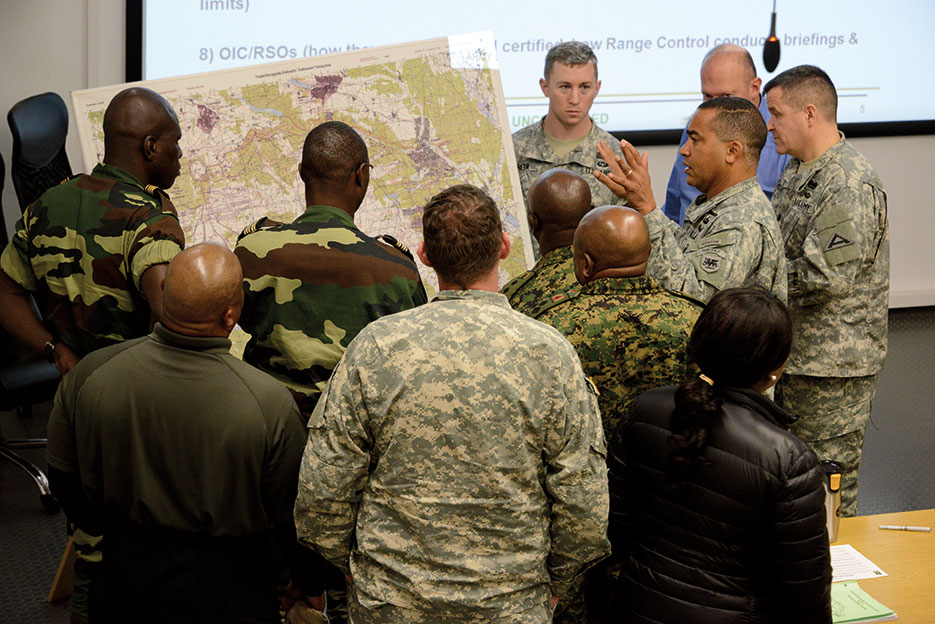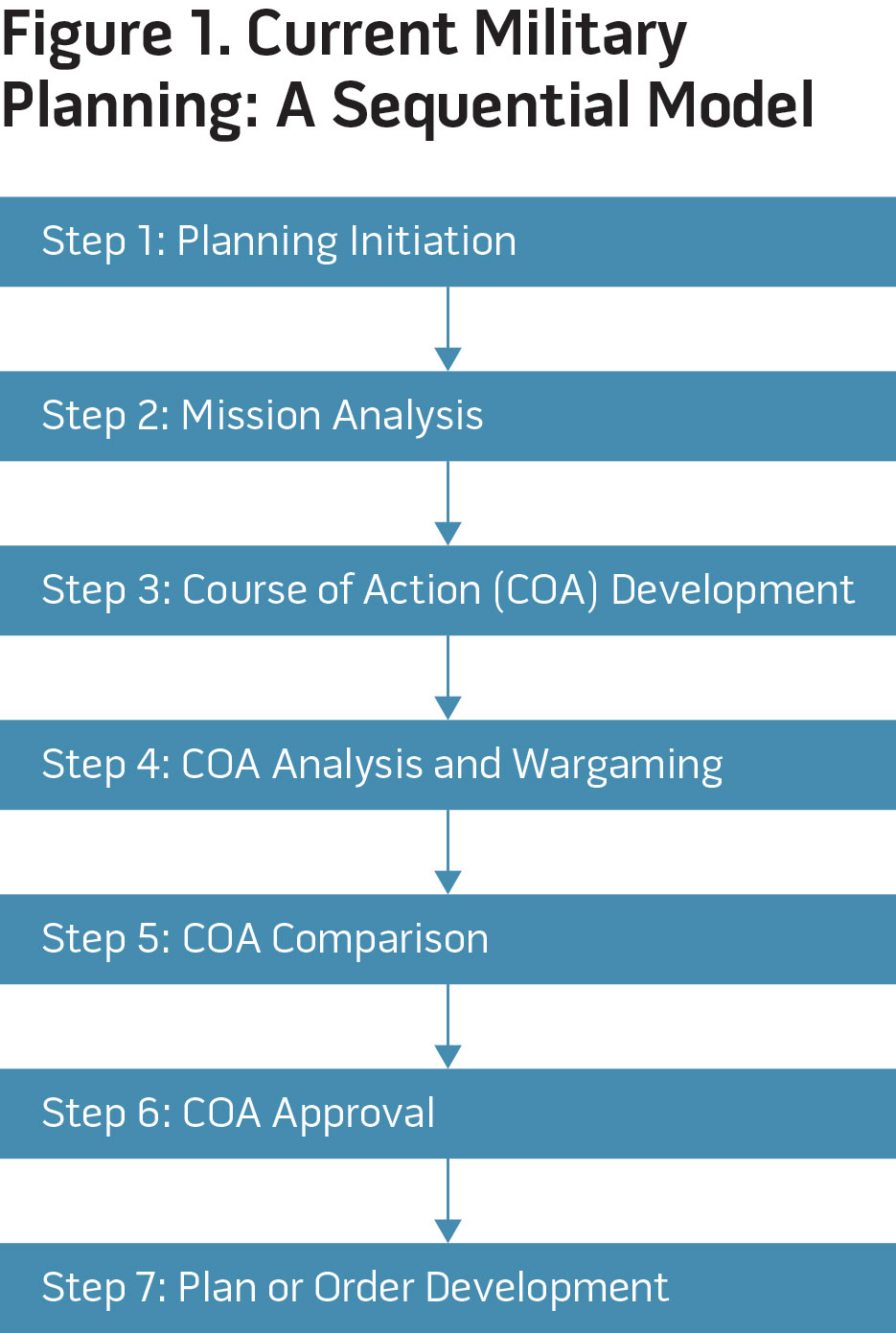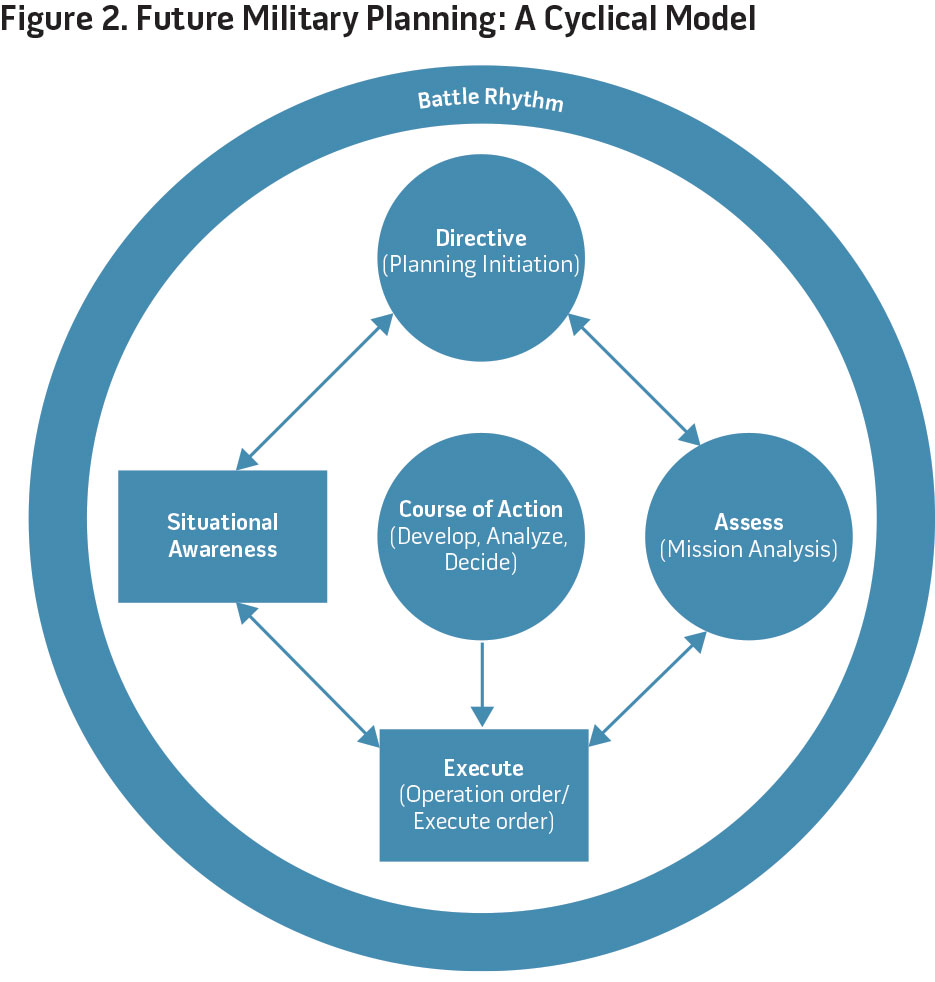J-5 Planning and Development 01
 •
by
•
by Starac202

Thursday, 18 February 2016
Dear fellow eDutch citizens,
Forgive me for using eRepublik newspaper for experimenting, but why not; I’ll include some educative material each time and if you like it that’s extra satisfaction for me.
😉
The Criticality of Collaborative Planning
We’ll focus on the collaborative aspect of the planning process because collaboration is less about expensive tools that may or may not be or become available, and more about approach or even mindset. Collaboration can be defined as working together to execute a task to achieve an agreed-upon goal. When properly enabled, people can work together toward a goal and combine their expertise, insights, and resources while moving through some process to complete the task.

Yet military planning involves challenges due to working in a large, culturally diverse, hierarchical, globally distributed team with existing and emerging inter- and intra-organizational relationships and benefits. Operational benefits of working with such teams can be realized if the members are able to communicate in real time and maintain a shared understanding of commander’s intent, strategic objectives, and resources. This shared situational awareness must be maintained in a highly dynamic setting.
The loss of shared understanding due to stovepiping or bottlenecking may result in decisions that are inconsistent with overall mission objectives.
Military Planning: Present and Future
Today’s joint planning processes were designed during World War I and World War II to support operations of the day that involved sequential events, known (or at least expected) battle rhythms, and extended timelines (see figure 1).

This method no longer seems appropriate or in line with changing world conditions that demand shorter decision cycles. The 24-month contingency planning cycle seems too sluggish to keep up with the faster-paced world in which we operate. Past missions and recent exercises demonstrate that off-the-shelf plans are often too static, too difficult to adapt, and too heavily based on assumptions, assessments, forces, and circumstances not encountered during actual crisis situations.
The future planning model (see figure 2) is envisioned as a cyclical, collaborative exchange that emphasizes the planning process as being a real-time capability. To do this, multiple procedures must be performed simultaneously with current and relevant information derived from an extensive data-rich environment, in a real-time collaborative network of people and tools that drives the schedule that defines an agile virtual battle rhythm. The cyclical collaborative exchange allows for flexibility in battle rhythm—for instance, being proactive or rapidly responsive rather than waiting for a scheduled meeting. Five critical procedures in the future planning environment lead to relevant, desired outcomes:

In the future planning environment, situational awareness and shared understanding become the most important inputs to the collaborative planning process. These originate not only from intelligence and diplomatic agencies, but also from across the planning processes and community of interest so that appropriate courses of action can be developed, adjusted, and presented to decisionmakers. The wiki planning process thus creates living and continuously evolving artifacts throughout all phases of the operation.
In the next issue: The Collaboration Engineering Approach
😉From his position in the Central Staff, Starac202 directs the activities of the Navy, Army and Air Force. He is also in charge of the Royal Netherlands Marechaussee, when it is operating under the responsibility of the Minister of Defence.
Yours,
Starac202 (OldMan202) | Alpha Tester

Department of Intelligence Affairs (J-2);
MU Intelligence-reconnaissance - Commando Corps is recruiting!
😎
Department for Planning and Development (J-5);
Department of Telecommunications and IT (J-6);
Military Police Department
J-2 Intelligence-reconnaissance on Facebook
(my 4th group by popularity)



Comments
"Operational benefits of working with such teams can be realized if the members are able to communicate in real time and maintain a shared understanding of commander’s intent, strategic objectives, and resources. This shared situational awareness must be maintained in a highly dynamic setting."
o7 let's learn form your articles and apply some of the strategies in this game 🙂
I like to hear that, encourages me to carry on.
I need to read this later when time to concentrate, but looks interesting.
It’s quite complex. I made this article trying to summarize the original for myself. The 2nd part is yet to be studied.
vote
Thanks.